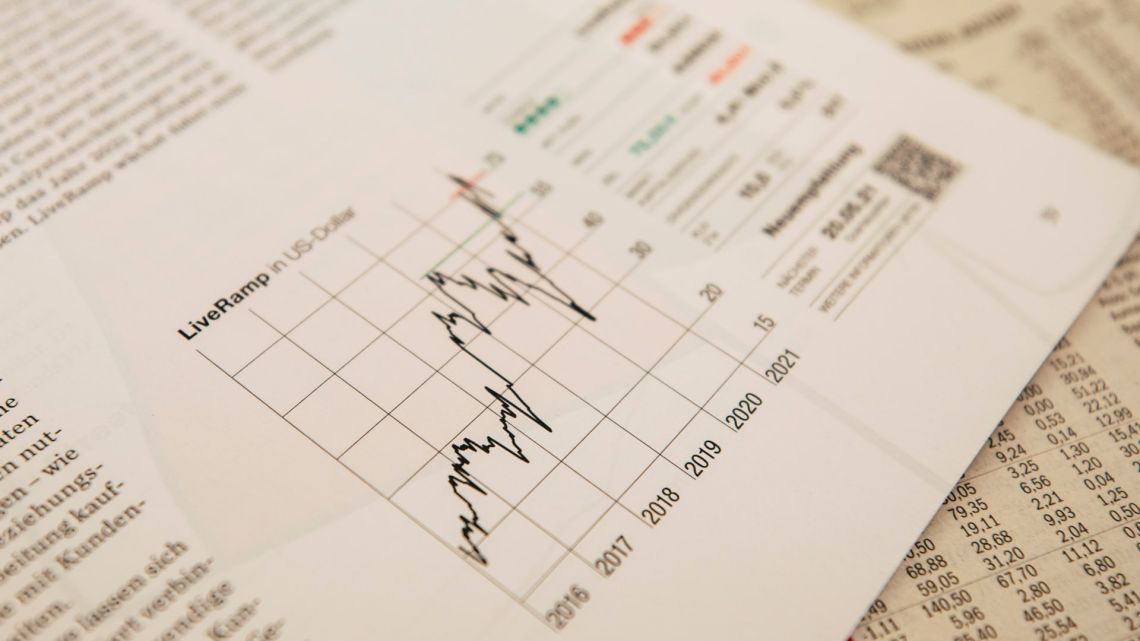
On this day, the Dow Jones Industrial Average (DJIA) experienced a staggering loss of 22.6%.
Lower Chances of a Comparable Decline
Fortunately, the chances of witnessing a similar single-day decline in the U.S. stock market in the next few months are significantly low.
However, it is important to note that these odds, although low on any given day, are not zero. There remains a possibility that a drastic drop of this magnitude will occur someday. It is crucial for investors to take these odds into consideration when devising portfolio strategies, whether independently or with the assistance of a financial advisor.
Predicting Crash Frequency
Through extensive research conducted several years ago, experts developed a formula that successfully predicts the average frequency of stock market crashes over extended periods.
According to this formula, there is a one-in-five chance that within the next 30 years, the U.S. market will witness another 22.6% one-day drop.
Formula Validity
To assess the validity of the researchers' formula, we can compare the Dow Jones Industrial Average's significant drops throughout the past century with the predictions made by this formula. As depicted in the chart below, the formula has demonstrated impressive accuracy.
The Unpredictability of Crashes
Taleb argues that daily stock market changes do not neatly fit into a bell-shaped or "normal" distribution, with minor changes forming the central hump and significant gains and losses on the tails of the distribution. Instead, the left tail of this distribution is thicker than anticipated, containing what Taleb refers to as "Black Swans."
The Black Swan: Rethinking Portfolio Risk
Introduction
When it comes to managing portfolio risk, both investors and financial advisers often make a crucial mistake. They mistakenly believe that by lowering the risk, they can proportionally reduce the returns. However, due to the unpredictable nature of the stock market, this assumption is flawed. In fact, maintaining an "average" risk portfolio may result in below-average performance.
Embracing Hyper-Conservatism and Hyper-Aggression
Illustrating with Examples
To better understand this strategy, let's consider an example. Imagine allocating 90% of your portfolio to one-year U.S. Treasury bills (BX:TMUBMUSD01Y) and using the remaining 10% to purchase one-year call options on the S&P 500 (SPX). By doing so, even if the call options expire worthless, you won't lose any money because T-Bills currently yield more than 5%. However, if the S&P 500 experiences substantial growth and covers the option's premium, you'll end up turning a profit. And if the stock market experiences a sudden surge, you'll achieve an outsized return.
This is just one approach among many. Another possibility is to allocate a significant portion of your portfolio to equities and use the remaining portion for S&P 500 put options. Regardless of the specific strategy, one thing is certain: by adopting this approach, you'll be able to sleep better at night.
Conclusion
In summary, it's crucial to reconsider the conventional approach to managing portfolio risk. Instead of aiming for an average risk level, investors and advisers should embrace hyper-conservatism and hyper-aggression. By allocating a significant portion to low-risk instruments and dedicating a smaller portion to highly speculative bets, individuals can better navigate the unpredictable nature of the stock market.
- Wall Street warns of ‘Black Monday’ repeat just in time for 36th anniversary
- Wall Street’s biggest bear is standing by his call for stocks to slump 10% by January. Here are 4 charts that support his point













Write Your Comment